Archaeological Museum of Chania moved to a “new home”
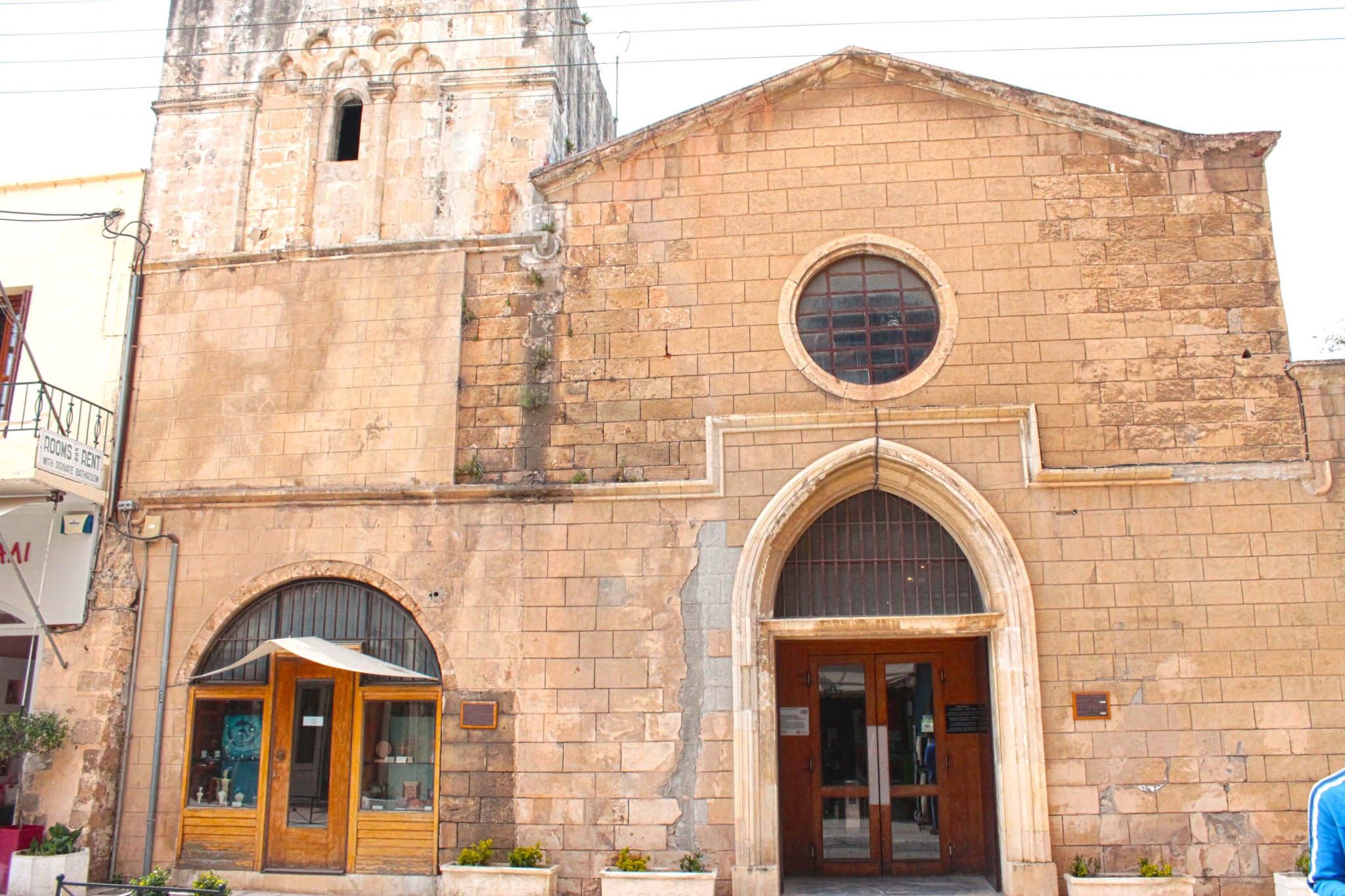

The founding date of the Archaeological Museum of Chania is considered to be 1962. It was this year that the church of the former Venetian monastery of St. Francis, located in the Old Town on Chalidon Street, was provided for an extensive city’s collection of archaeological exhibits.
The exact date of construction of this temple is unknown. According to the references in the sources, it already existed and withstood the devastating earthquake of 1595. Throughout its long history, the purpose of the temple building has changed many times. Under the Turks, it was used as the mosque of Yusuf Pasha. At the beginning of the 20th century, a cinema was located here, and during the Second World War, ammunition and military equipment were stored in the building. The last changes to the interior were made in the early 80s and in 2000, when the Archaeological Museum needed to be expanded, after receiving as a gift a large private collection of Kyriakos and Marika Mitsotakis.
Note that the city’s archaeological collection has existed for a very long time and was exhibited in many public places: initially, since 1899, in two halls of the Palace of Justice. After a fire in 1934, the collection was transferred to the city gymnasium, where it remained until the German invaders arrived in Crete in 1941. For some time, the collection occupied the premises of the Küçük Hasan mosque. And in 1962, for temporary use, the city authorities allocated the building of an ancient church on 28 Khalidon Street, where the Archaeological Museum has been opened in 1963.
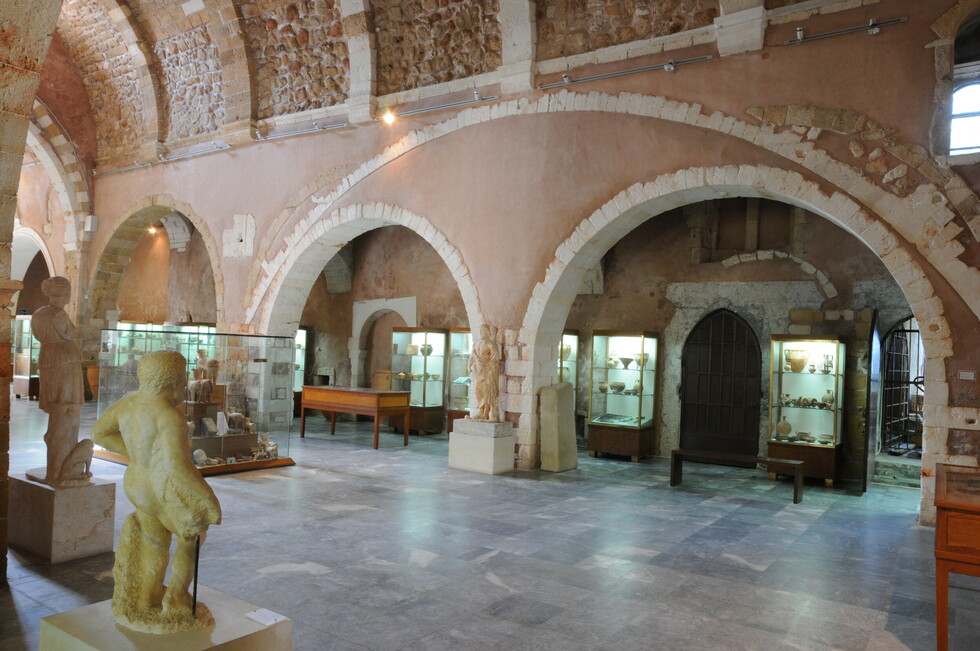
The “temporary” period of the Archaeological Museum of Chania stretched for almost 60 years. In 2020, this place was closed, and the museum began to be moved to a new building in the historical area of Chalepa at 15 Skra Street. In the 2022 season it was fully opened.
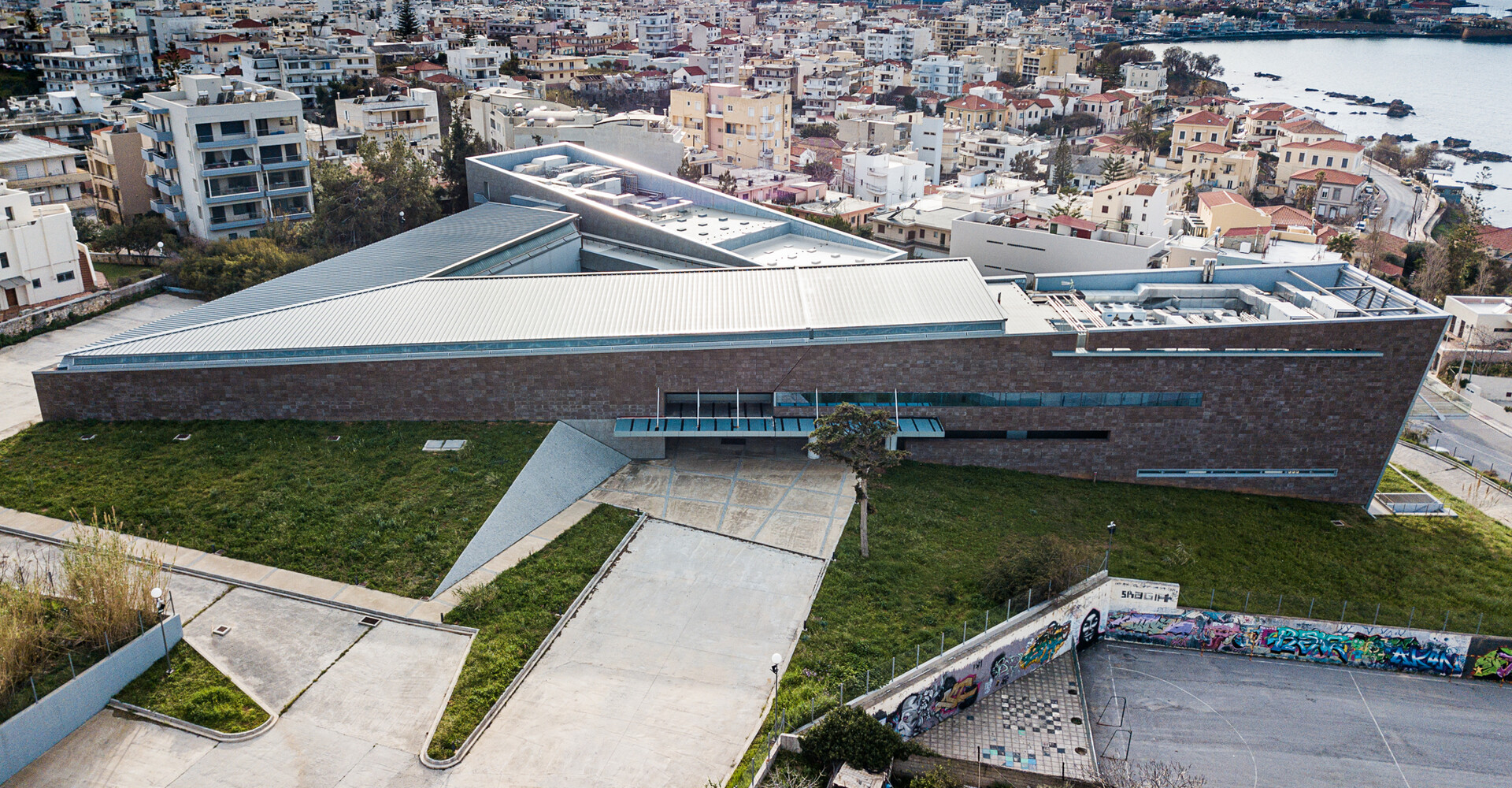
Archaeological Museum of Chania (new), Αρχαιολογικό Μουσείο Χανίων
35.5168219994757, 24.03726955520489
The new 6,000 m² museum building contain about 3,500 archaeological finds (1,000 more than in the old one). Designed by Bobotis + Bobotis Architects, this house have all current and additional museum exhibits with multimedia elements. The building includes spacious exhibition halls, a lecture hall that will also be used for educational programs, a 140-seat amphitheater, a restaurant, a bookstore, laboratories and storage facilities.
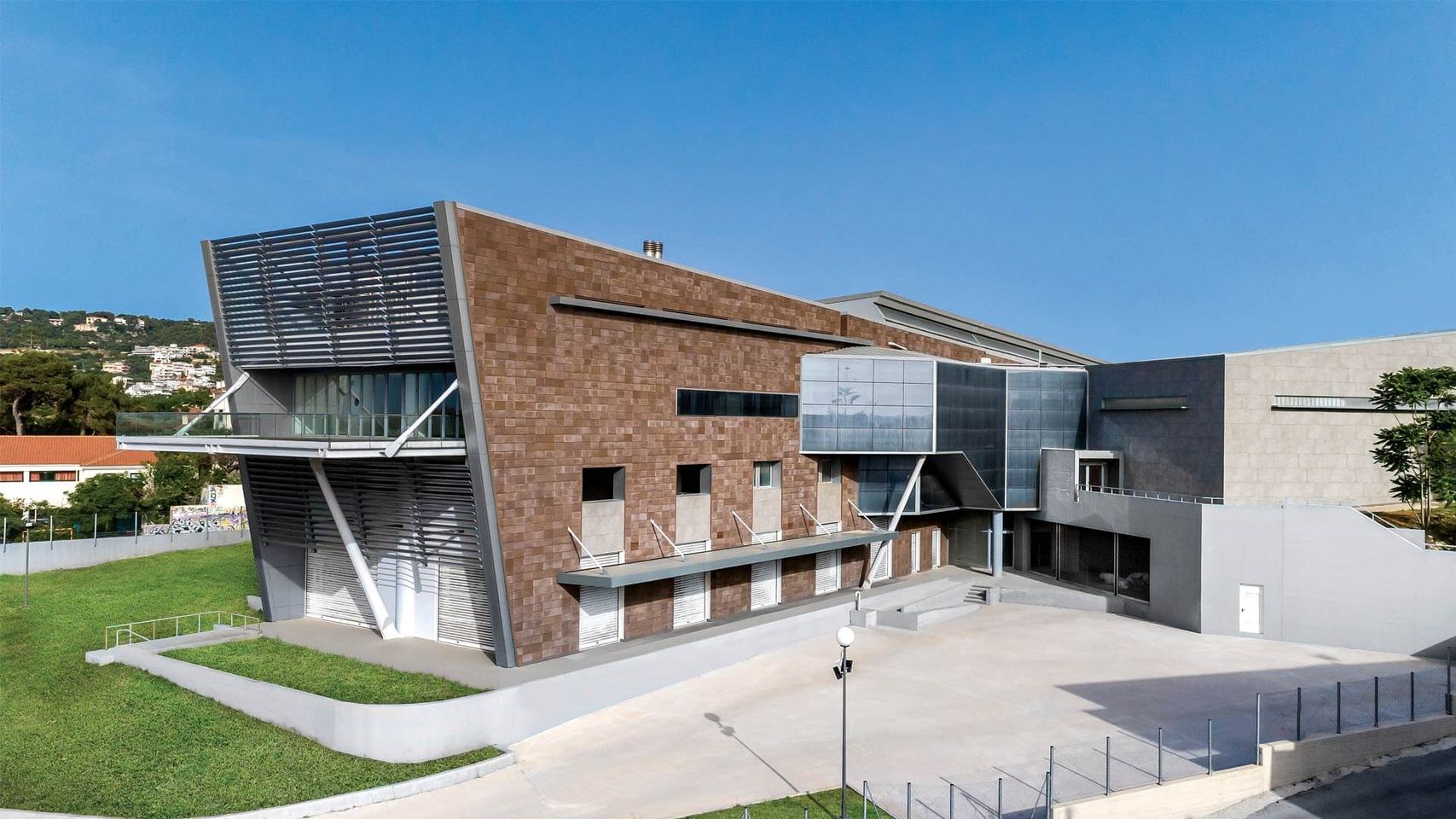
The permanent exhibition of the Archaeological Museum of Chania is set out in three galleries on the ground floor and one on the upper floor of the building. In the first gallery, the narrative opens with the earliest human presence in Chania, continuing with the presentation of prehistoric settlement life. Ancient objects and reconstructions associated with public and private life reveal the splendour of the Minoan past of West Crete, the coming of the Mycenaeans, and highlight the importance of the palatial centre of Kydonia, present-day Chania.
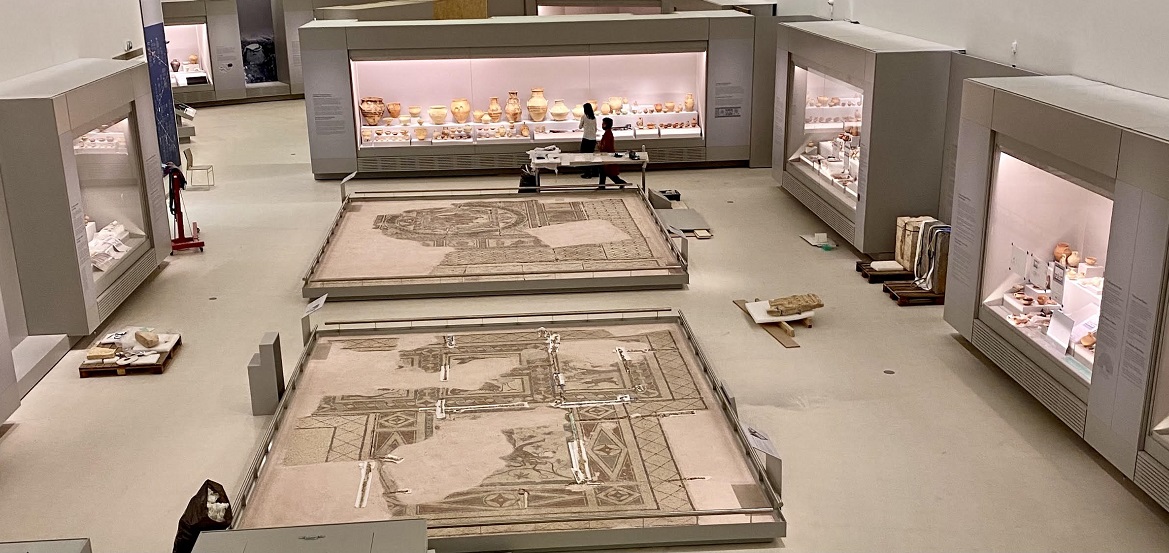
In the second gallery, the exhibition continues into historical times and the establishment of the city-states of West Crete, notably Kydonia, Aptera and the League of cities established in the 3rd c. BC, known as the of the Oreioi. Emphasis is placed on productive activities, alliances, coinage and also the commerce with East and West, which is explored in a special video presentation.
In the third galley, aspects of everyday life in historical times unfold through a multitude of artefacts and the reconstruction of a house that was destroyed in the great earthquake of 365 AD. Sanctuaries and religious customs, the Asklepieion of Lissos, funerary practices and representative examples of sculpture and funerary monuments complete the narrative of the life of the people of West Crete up to the 4th c. AD.
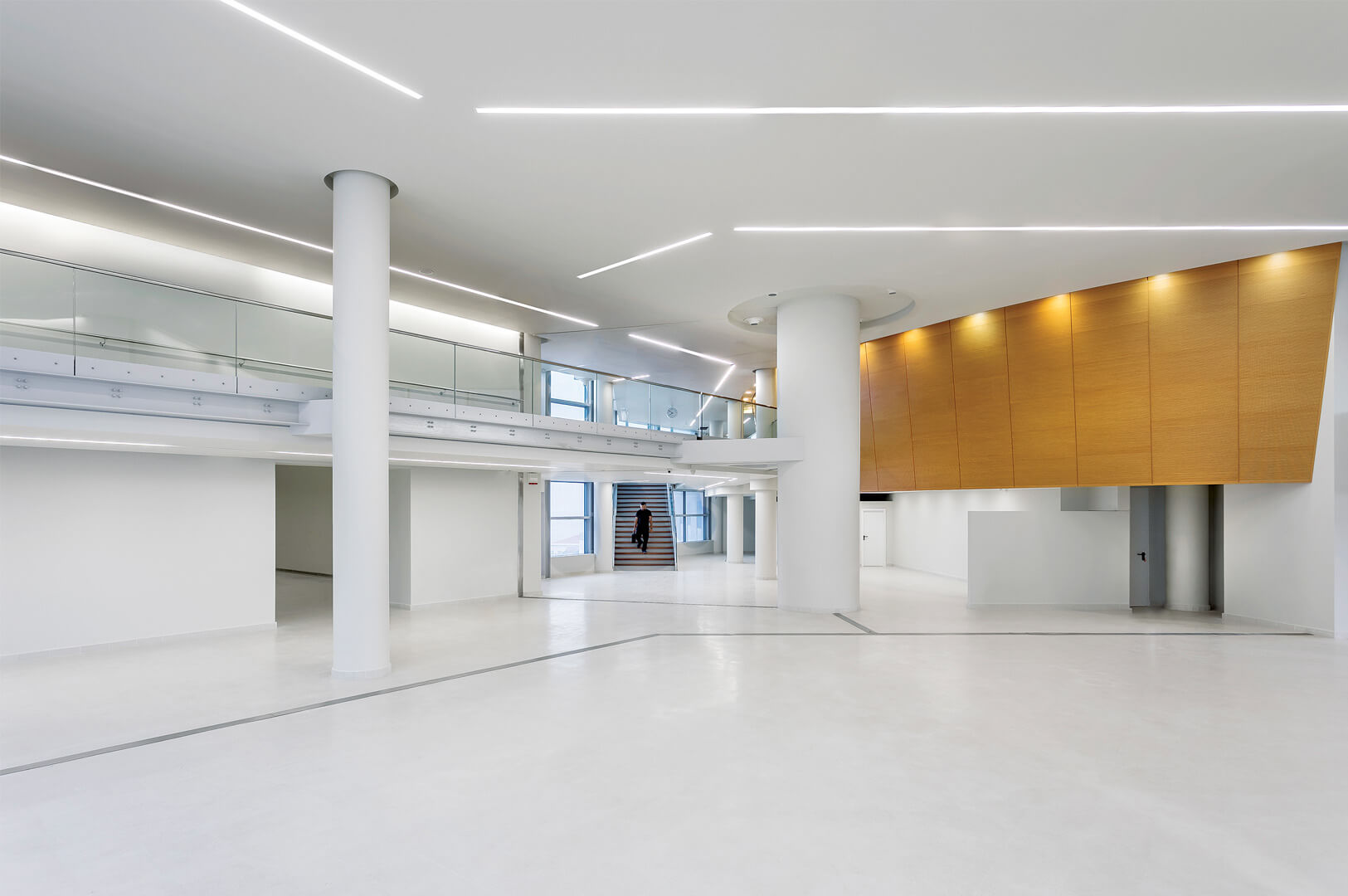
In the gallery on the upper floor are exhibited numerous objects from the family Mitsotakis Collection, ranging from the 4th millennium BC to the 3rd c. AD.
The need for a recognizable museum, given its public and cultural nature, was also a key design consideration. The architectural solution created a potential for alternative events and exhibitions in the new museum and marked their interactive nature that resulted in a timeless building.
About the opening hours of the museum:
https://archaeologicalmuseums.gr/en/museum/5df34af3deca5e2d79e8c161/archaeological-museum-of-chania